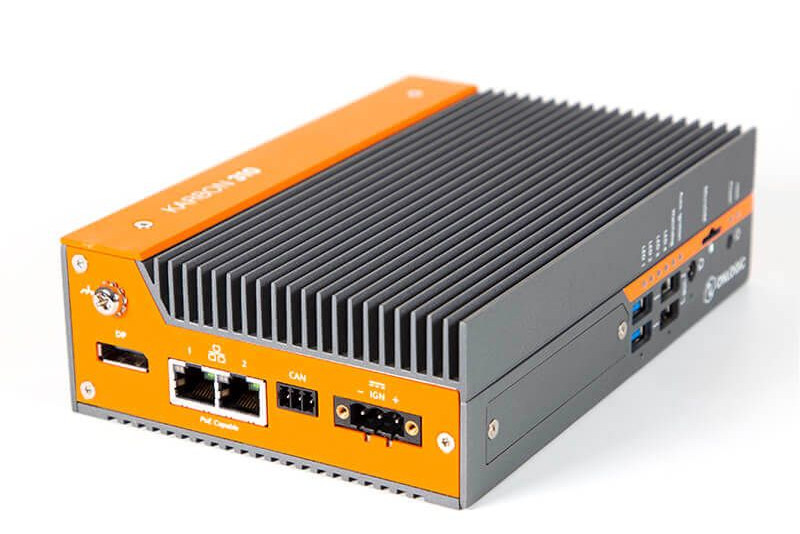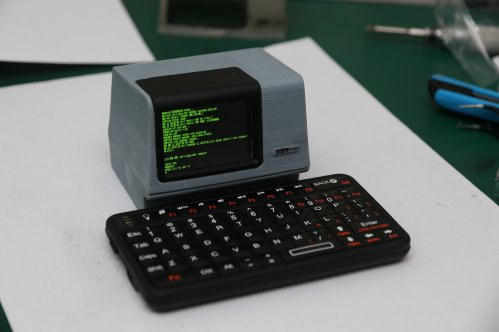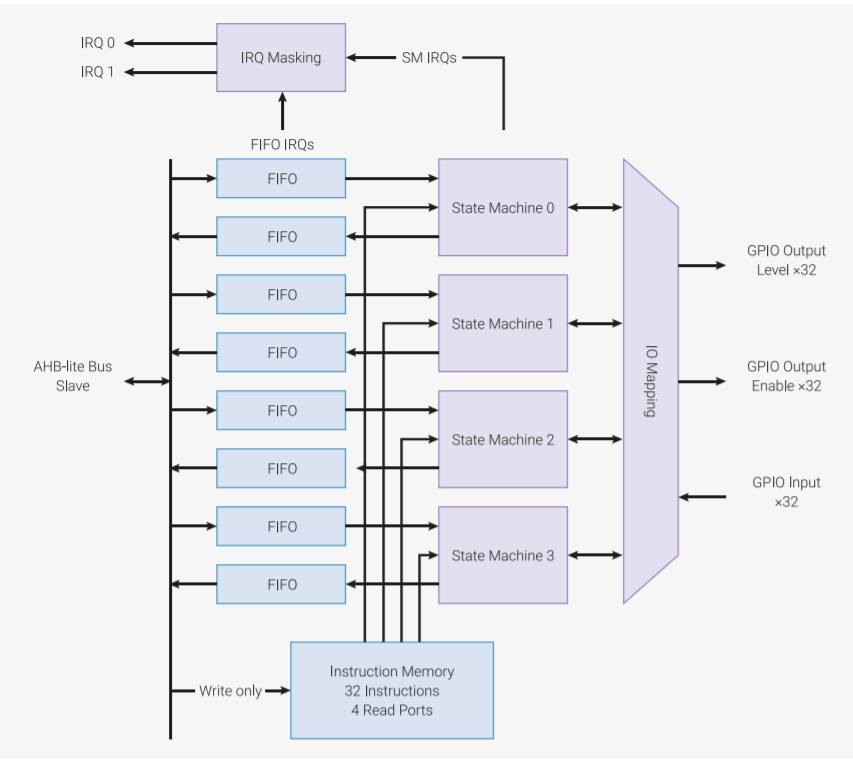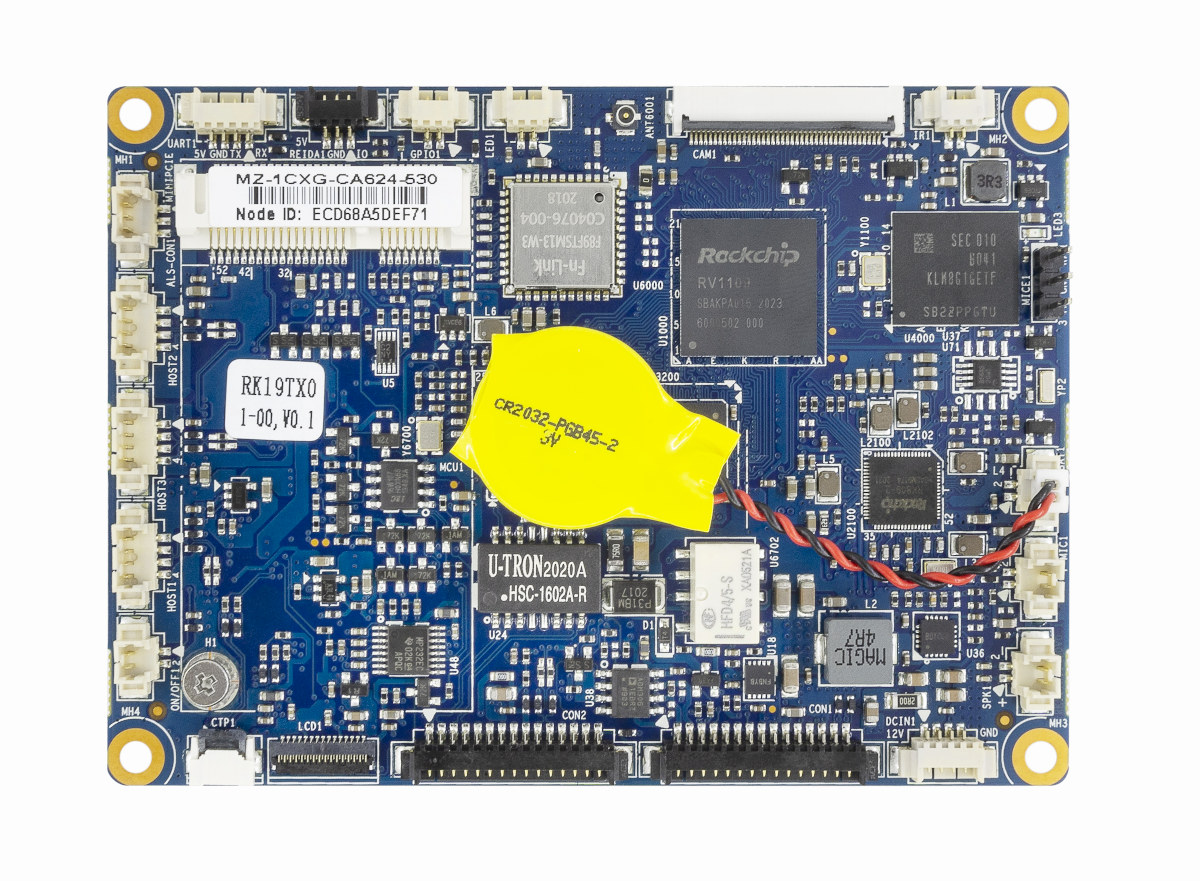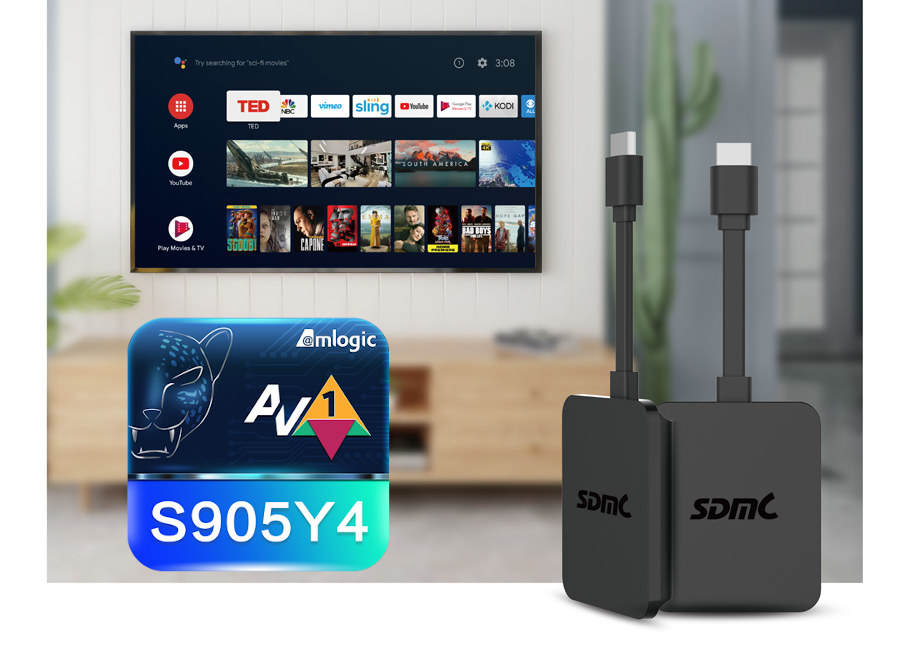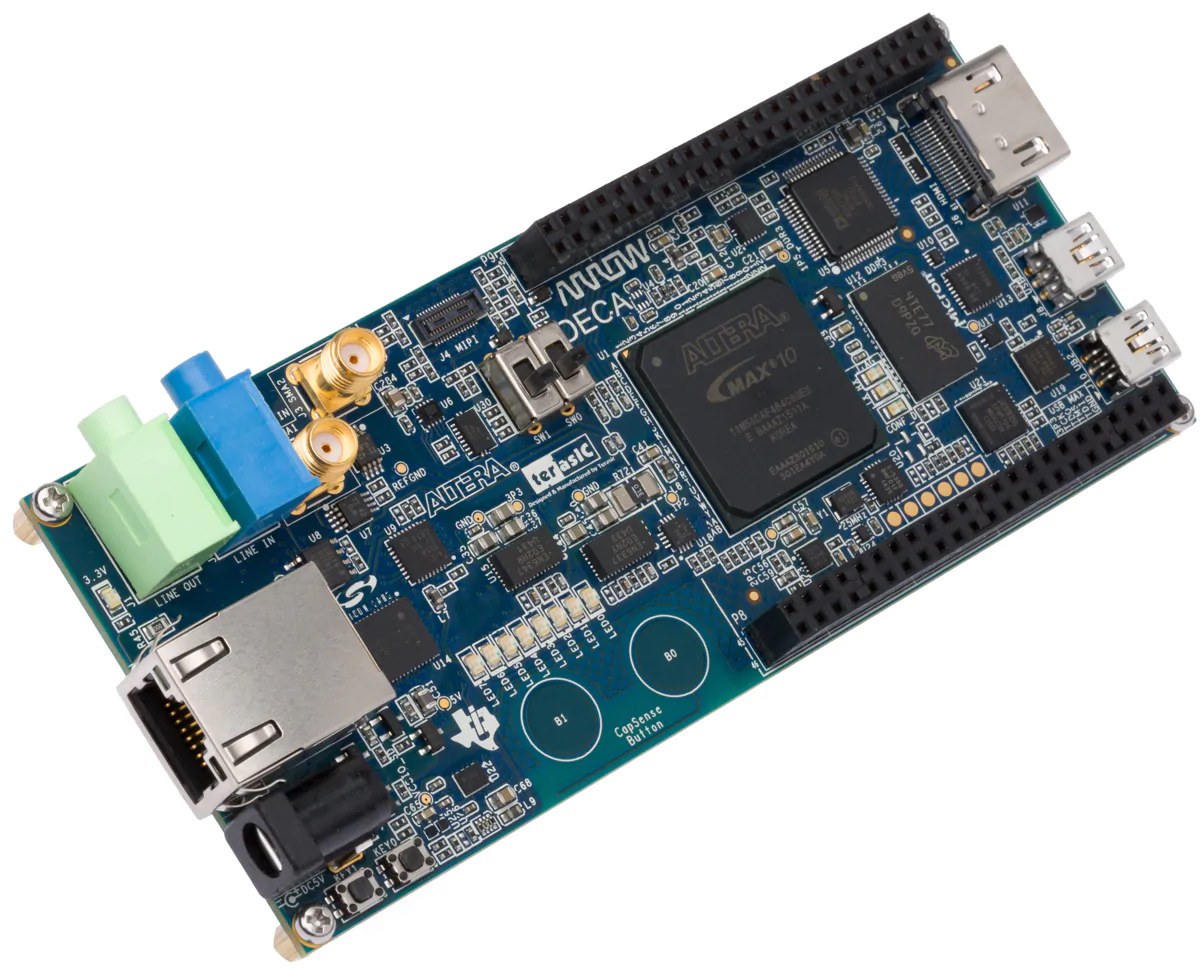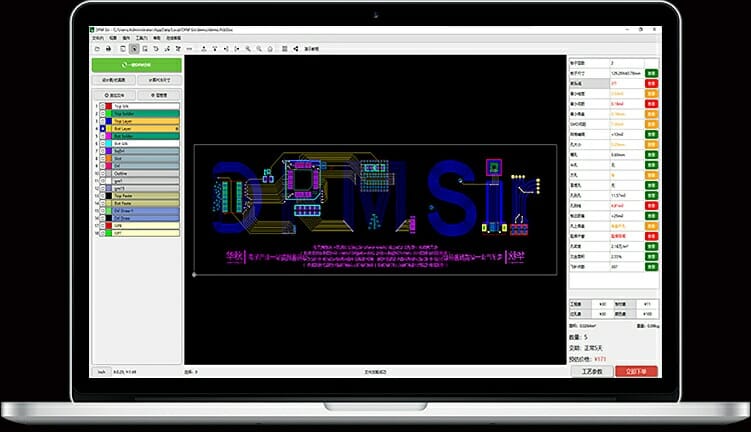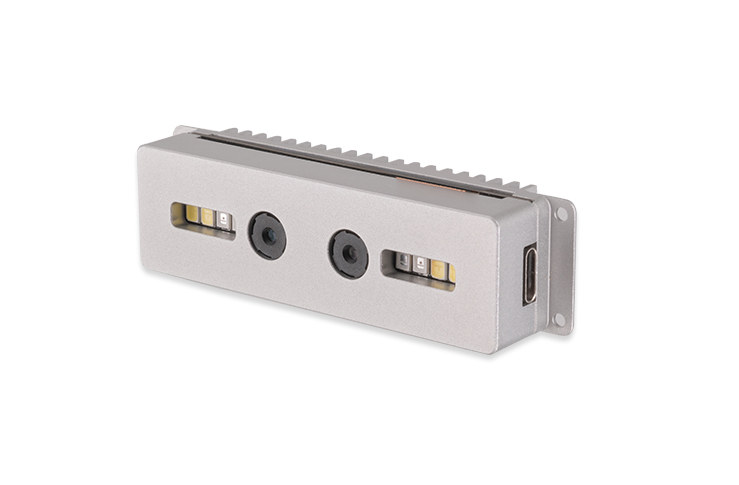Intel Atom x6000E Series, Celeron and Pentium Elkhart Lake IoT Edge processors were introduced in September 2020, and we covered several Elkhart Lake modules and SBC’s. We’ve seen fewer full systems such as the Atom x6425RE based Vecow SPC-6000 Elkhart Lake mini PC for embedded & IoT applications. But OnLogic is more offering four more choices with Helix 300 and Karbon K400 Series of rugged fanless mini PCs, all equipped with Atom, Celeron, or Pentium Elkhart Lake processors, and designed for industrial IoT (IIoT) or Industry 4.0 applications Helix 300 Series Specifications The Helix 300 family is comprised of two models with Helix 310 and Helix 330 share most of the same specifications: SoC – Intel Celeron N6211 dual-core processor or Pentium J6425 quad-core processor System Memory – Up to 32 GB DDR4 RAM Storage – M.2 Storage Video Output – 3x DisplayPort for triple independent display setups Audio – […]
Mini replica of DEC PDP-11 computer runs 2.11 BSD UNIX on ESP32 SoC
The relatively popular Digital Equipment Corporation (DEC) PDP-11 16-bit minicomputers started selling in the 70s, and were still available in the earlier 90s. While being stuck in Europe due to COVID-19 restrictions, Jeroen Domburg (aka Sprite_tm) decided to design a tiny replica of a DEC VT102 PDP-11 terminal based on ESP32 wireless SoC and running 2.11 BSD UNIX through SimH PDP11 emulator. Jeroen had to do significant work to make SimH works on ESP32 however, with notably the need to optimize the memory footprint: Obviously, ‘just port SIMH to an ESP32’ is a bit of a understatement for the effort that was needed. Even while SIMH is a pretty nice program when it comes to not using any unique APIs, it still is a system developed for a full-blown workstation and assumes RAM is cheap and plentiful. In order to get it running on an ESP32 and still have some […]
A closer look at Raspberry Pi RP2040 Programmable IOs (PIO)
The popularity of Raspberry Pico board powered by RP2040 microcontroller has made every reader wanting to know more about the board and chip. So today we will be talking about RP2040’s Programmable IOs, a feature that makes it different from most other microcontroller boards. The two PIO blocks or let’s call it the hardware interfaces in the RP2040 have four state machines each. These two PIO blocks can simultaneously execute programs to manipulate GPIOs and transfer raw data. Now, what do these state machines do? Well, the PIO state machines execute the programs fetched from various sources. Sometimes the programs are taken from the PIO library (UART, SPI, or I2C) or user software. Why Programmable I/O? All the boards usually come with hardware support for digital communications protocols such as I2C, SPI, and UART. However, if you plan to use more of these interfaces than what is available on the […]
Rockchip RV1109 SBC’s provide access control solutions with optional 4G LTE connectivity
We’ve been writing about Rockchip RV1109 and RV1126 AI camera SoC’s in recent days, as well as evaluation boards and modules, plus some complete solutions such as Firefly dual-lens AI camera modules. Shenzhen-based JWIPC, a company specifically in embedded PCs and motherboards, has designed three SBC’s powered by Rockchip RV1109 processor especially designed for access control, leverage the face detection capabilities of the Rockchip processor. The three access control boards are: R19S – Standard 100x72mm Pico-ITX board with industrial grade materials, support for wide temperature, hardware watchdog, and “rich peripheral interface”. R19F- Same as R19S, but with a mini PCIe socket for a 4G LTE module, plus a SIM card slot R19N – Similar to R19S with a narrower 100x60mm design JWIPC R19 boards share most of the same hardware key features and specifications: SoC – Rockchip RV1109 dual-core Arm Cortex-A7 @ 1.5 GHz, plus RISC-V MCU @ 400 MHz, […]
4K AV1 Android TV dongles surface with Amlogic S905Y4 Cortex-A35 processor
Amlogic S905X4 is a quad-core Cortex-A55 SoC for 4K TV boxes and set-top boxes with H.265, H.264, VP9, and AV1 hardware video decoding. The silicon vendor usually provides a lower cost version of the processor for dongles without Ethernet, but keeping most of the same features, as we’ve seen in the past with S905X2 and S905Y2 processors for instance. S905X4 has now its own cost-down version with S905Y4 for Android TV (certified) dongles relying on WiFi for connectivity, but instead of keeping Cortex-A55 cores, the processor features four low-power Cortex-A35 cores. We do not have the full details about S905Y4 processor just yet, but it has start to show in dongles from SEI Robotics and SDMC that appears idendical. SDMC DV6071Z / SEI Robotics SEI450 TV dongle specifications: SoC – Amlogic S905Y4 quad-core 64-bit Arm Cortex-A35 processor with Mali-G31 MP2 GPU System Memory – 2GB DDR (4GB optional) Storage – […]
Arrow DECA Max 10 FPGA development board offered for $37 (Promo)
Arrow DECA evaluation board, featuring Altera’s MAX 10 FPGA and Enpirion power solutions, was launched in March 2015 and sold for around $169 at the time. Time has passed with Intel purchasing Altera FPGA business later that year, and the price of the board dropped to $65 as listed on Intel website. But now Arrow is offered the DECA FPGA for just $37, and you can also get fast free shipping if you’re a member of ArrowPerks loyalty program. Arrow DECA development board specifications: FPGA – Intel MAX 10 (10M50DAF484C6G) device with 50K logic elements, 1,638 Kbit block memory, 5,888 Kbits user flash memory, 4x PLLs System memory – 512MB DDR3 SDRAM (16-bit data bus) Storage – 64MB QSPI Flash, MicroSD card socket Video Output – HDMI v1.4 including 3D video support Audio – 24-bit audio CODEC with line-in, line-out jacks Camera – MIPI connect for camera module Connectivity – […]
NextDFM software detects PCB design problems before manufacturing (Sponsored)
Shenzhen Huaqiu Electronics Co., Ltd, better known as NextPCB, is a PCB manufacturer with multiple factories in China, and that has been around for over 15 years. During this time, the company dealt with thousands of engineering problems of PCB leading to higher prices and delayed schedules. So to help its customers, the company has developed NextDFM software to detect common PCB design problems, and ultimately help engineers to build low-cost and high-efficiency PCB projects. DFM stands for “Design For Manufacturability”, glad you asked. NextPCB is a free download that’s available for Windows only for now, but the company is also working on Linux and Mac OS versions that will be released in the future. The software supports generic Gerber files as well as PCB layout files from EDA programs such as Altium, Pads, and Protel99SE. Once your file is loaded in the program you’d be able to run the […]
Firefly dual-lens AI camera module comes with Rockchip RV1109 or RV1126 processor
We’ve very recently written about Rockchip RV1126 quad-core Cortex-A7 processor designed AI cameras thanks to a 2.0 TOPS AI accelerator together with its little dual-core brother: RV1109. We’ve also found some RV1109 and RV1126 evaluation boards, but prices were in the hundreds of dollars. It was then brought to our attention than the upcoming MAIX-III board would feature RV1126 at a more affordable cost, but it turns out there’s no need to wait as Firefly has just launched a dual-lens AI camera module based on either Rockchip RV1109 or RV1126 for under $100 with respectively CAM-C1109S2U and CAM-C1126S2U models. Both version of the modules have the same specifications except for the processor: SoC (one or the other) RV1109 SoC with CPU – Dual-core Arm Cortex-A7 @ 1.5 GHz + RISC-V MCU @ 400 MHz GPU – 2D graphics engine NPU – 1.2 TOPS with support for INT8/ INT16 VPU Encoder […]


